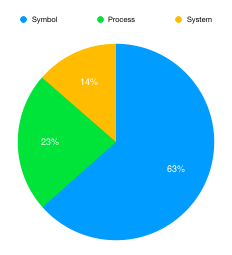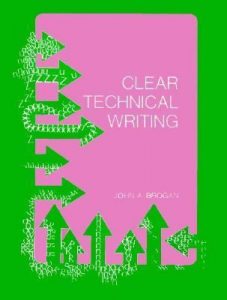Responding to a need for scientific literacy in the public, researchers at the Samuel Neaman Institute examine ways to promote chemical literacy among different stakeholders.
The public increasingly encounters with real-life scientific and technological contexts, and scientific professional and chemical educators have realized the need for chemical literacy among the public to understand, and critically evaluate the scientific information they absorb. The University of British Columbia even offers a course, called CHEM 300, which teaches how to communicate scientific knowledge.
In an attempt to narrow the gap between the scientific and the non-scientific communities, researchers led by Zehavit Kohen conducted a comprehensive analysis of chemistry education methods most valued by different stakeholders.
The researchers identified four groups, K-12 students, teachers, scientists, and the educated public, from a sample population of 347. The survey divides into two sections, scientific literacy construction, and communication channel types.
According to the study, K-12 students valued cognitive and affective components twice more than scientists or educated adults. Besides, all stakeholders favored open discussions as their communication channel. Mass media dominates the scientific community besides open discussions. Whereas, students use mass media, be available to the public, and share of scientific materials indistinguishably.
Investigating question posts on an ask-a-scientist-type website, the research further discovered that the public’s questions usually concern symbols over processes or systems. The type of information involved in these questions is mostly explanatory.


Data from Zehavit’s article
The results encourage students to gain chemical literacy in real-world contexts through analogies and symbols. The researchers also suggest that scientists should attempt other communication channels since interactive and affective activities on mass media are often challenging.
Reference
Zehavit, K.; Orit, H.; Yehudit J. D. How to promote chemical literacy? On-line question posing and communicating with scientists. Chem. Educ. Res. Pract., 2020, 21, 250


